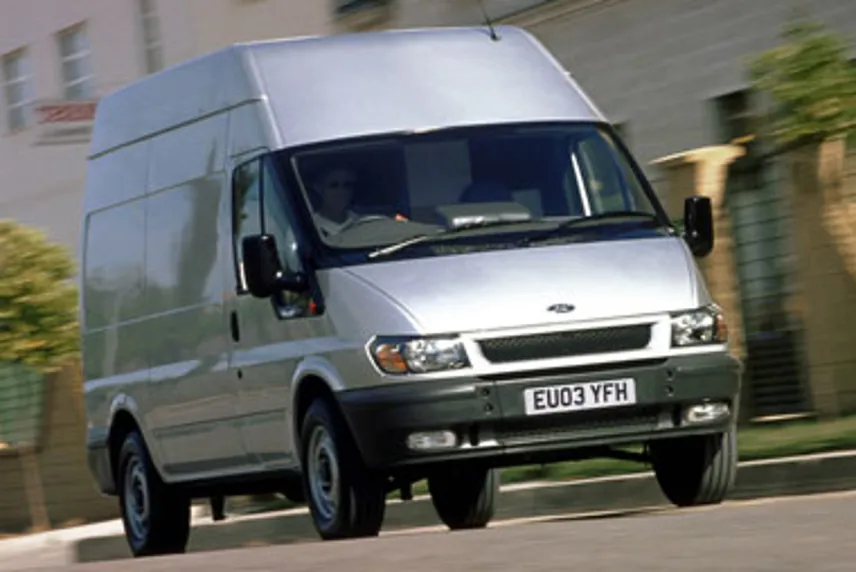Review
Ford has joined the high horsepower market with the introduction of a 135 bhp diesel version of its rear-wheel drive 2.4-litre Transit.
Or rather it hasn’t, for instead of power, Ford prefers to talk about torque.
In the grand scheme of things, where other manufacturers are regularly offering more than 150bhp in their 3.5-tonne vans, Ford’s move from 125bhp to 135bhp might seem somewhat too little, too late for a range-topping engine.
But that’s not the case. The max-bhp figure is not going to set the world alight, but the torque, all 275lb-ft of it, is going to be rippling Tarmac.
Take, for example, Mercedes-Benz’s 156bhp Sprinter. A headline-grabbing power figure, but only 243lb-ft of torque.
Ford’s 135bhp engine has a full 66lb-ft more than the 125bhp diesel it replaces.
Part of the reason why manufacturers have gone the route of power over torque is that they haven’t had the gearboxes available to handle the extra turning effort.
The same has been true for Ford, until now.
Along with the 135bhp engine, Ford is introducing the first fruits of its joint venture with transmission firm Getrag, in the shape of a new six-speed MT82 gearbox.
With a central bearing to prevent flexing of the internal shafts, the MT82 can handle up to 80% more torque than the firm’s trusty MT75, which is retained for lesser engines.
To cope with the additional torque, the company is also offering two new rear axles, one aimed at heavyweight urban use, the other at economical high-speed travel.
Ford has achieved the 135bhp through the adoption of high pressure common rail fuel injection for its top 2.4-litre motor.
The TDCi engine uses the same technology as the Focus and Mondeo TDCi engines already in use, with a Delphi fuel pump providing up to 1,600 bar of injection pressure.
To provide enough air for that fuel to burn in, Ford has adopted a variable geometry turbocharger, jointly developed with Mitsubishi.
The engine is the first rear- wheel drive Transit motor to come with hydromounts, which can be fine tuned to reduce noise and vibration.
It also gets a dual-mass flywheel to further lower vibration in the driveline.
The 135bhp engine signals the start of a complete revision of Ford’s van engine range.
The 125bhp motor is replaced by a further new diesel, offering 115bhp, though it is retained in the Durashift automated manual gearshift van.
Though the 115bhp TDdi obviously has 10bhp less than the engine it replaces, it has the same 209lb-ft of torque, so there should be little change in driving feel. Ford’s commercial vehicle marketing manager Jon Fisher says the new line-up will see a broader spread of sales.
Traditionally, 75% of rear-wheel drive Transits have been fitted with the base model 90bhp engine, the other 25% buying the higher-powered 125bhp engine.
Fisher expects a greater migration up the power scale with the new motors, settling at 40% of rear-wheel drives using the 90bhp engine, 40% in the 115bhp and 20% opting for the 135bhp.















